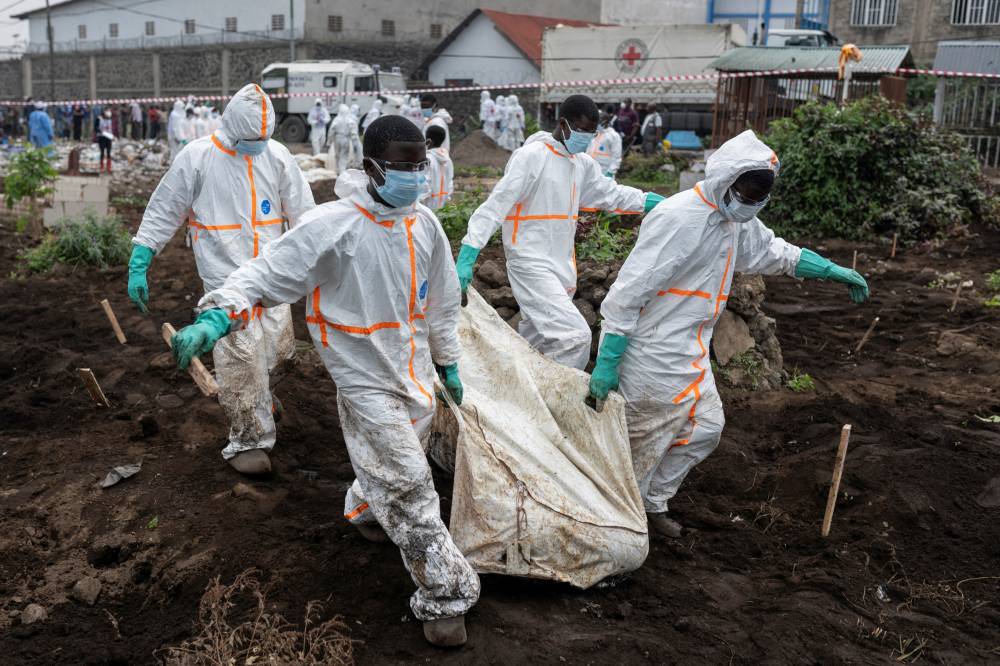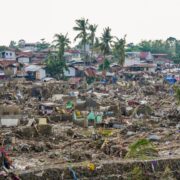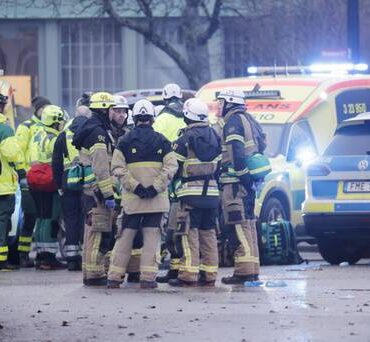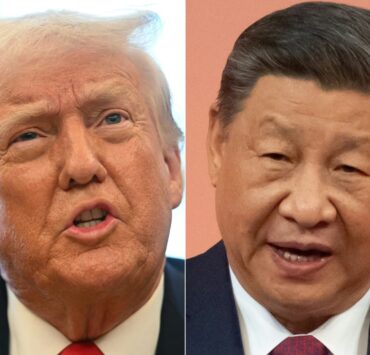Congo rushes to bury bodies from rebel offensive

Rebels in eastern Congo’s largest city, Goma, began a ceasefire on Tuesday and people rushed to bury some 2,000 victims of last week’s battles for the city as they feared the spread of disease.
The Rwanda-backed M23 rebels who captured Goma declared a ceasefire
on Monday and largely upheld it, though some residents reported sporadic shooting and looting on Tuesday.
People in the city took stock of bombed-out buildings and tried to clear overflowing morgues. Over 2,000 bodies of people killed in last week’s conflict require burial in Goma, Democratic Republic of Congo’s communications minister said overnight.
The United Nations has said at least 900 people were killed and almost 3,000 injured in the days of fighting in Goma that led up to its capture. It was unclear why the UN and Congo’s death tolls varied.
Scale of civilian harm
The scale of the civilian harm was still emerging with reports of people caught in the crossfire, overwhelmed hospitals and bodies left in the street.
Julienne Zaina Barabara, a resident of the Katoyi neighborhood, said one of her children was killed last week and two others were wounded by flying shrapnel when an explosive hit near their home.
“We took them all to hospital, where one of them died after three hours. The other two are still receiving treatment. They had scans, and one still has shrapnel in his head.”
Aid groups have been helping authorities deal with overflowing hospital morgues and bury bodies amid concerns of disease spreading.
Days without power last week affected refrigeration at morgues, leading to a “race against time” to identify bodies, said Myriam Favier, head of the International Committee of the Red Cross sub-delegation in Goma.
“The land where bodies can be buried in Goma is extremely limited,” she added
Reuters, the news and media division of Thomson Reuters, is the world’s largest multimedia news provider, reaching billions of people worldwide every day. Reuters provides business, financial, national and international news to professionals via desktop terminals, the world's media organizations, industry events and directly to consumers.

















